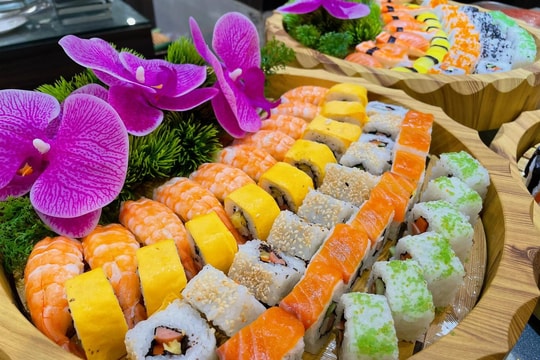(Baonghean.vn) - For generations, the panpipe has been an indispensable musical instrument of the Mong people. The panpipe is closely associated with the spiritual and cultural life, present in all holidays and New Year's, and is a tool to convey the sad and happy emotions of the Mong people.
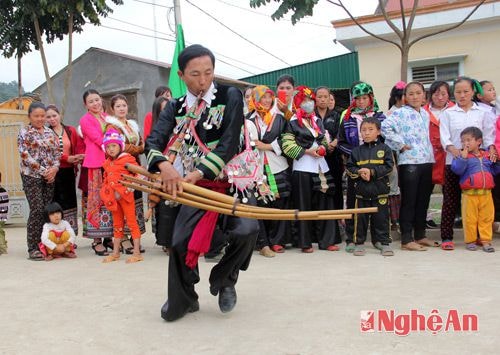 |
| The sound of the Hmong flute is sometimes high-pitched and rustling like a forest tree in the wind, sometimes it is melodious like a bird on a high mountain top, and sometimes it is thunderous like a waterfall. They play different tunes during festivals and funerals. |
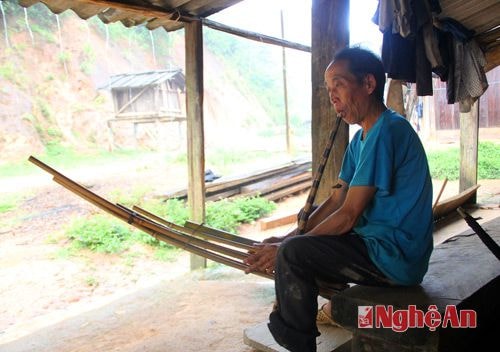 |
| The old people take the panpipe as a friend, keep the sound of the panpipe to remind them of their youth, of a time when they stood on the mountain top with the panpipe calling for their lover. |
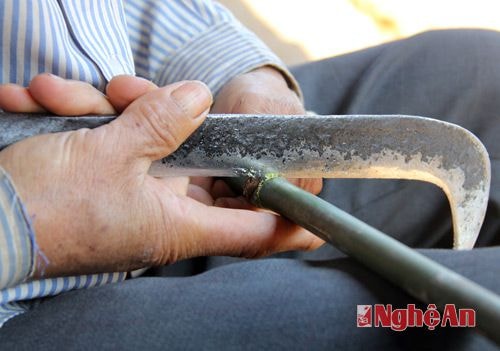 |
| The materials used to make the Mong flute are mainly bamboo and wood taken from the forest. The structure of a Mong flute is quite simple, including 5 small bamboo tubes and 1 large tube used to connect the small tubes. |
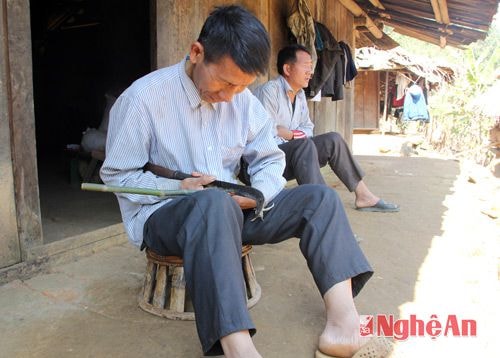 |
| People choose old bamboo branches, clean the eyes and dry them on the kitchen shelf for 2-3 months. Then take them down, drill a small hole of equal size at the end of each pipe. The whole pipe is made of xoan or pơ-mu wood, smooth on the outside and hollowed out inside. Use a sharp knife to drill holes to join 5 small pipes together to create the shape of the pipe. |
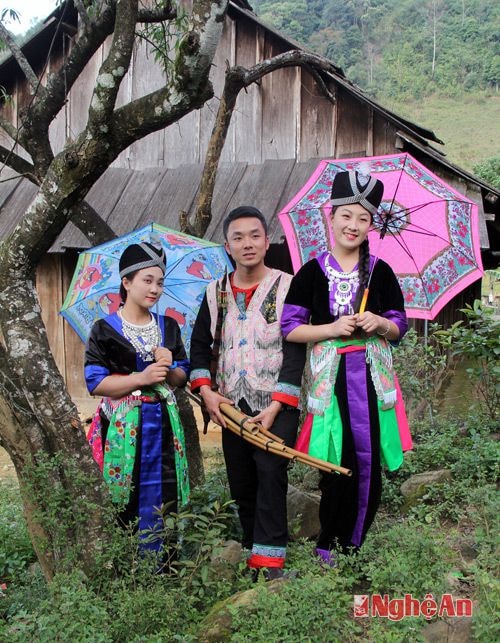 |
| During the New Year and festival season, unmarried men always carry their panpipes with them to show off their talents to beautiful Mong girls. |
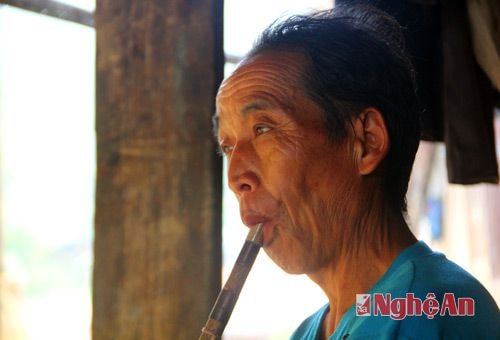 |
| In the Hmong panpipe, the most important part is the bronze lam located inside the pipes. This is considered the larynx of the panpipe. In the past, the Hmong people often used bronze metal to flatten it, then cut it into small pieces and attach it to the pipes. |
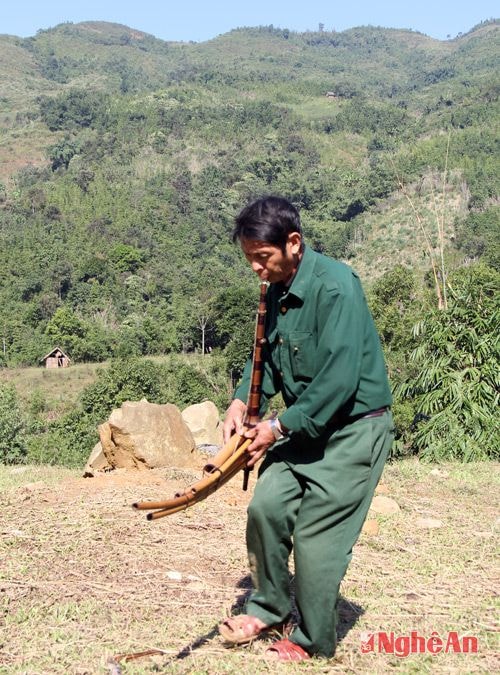 |
| Nowadays, they have pre-made bronze lams, then just use a knife to make a small cut to fit into the pipes. The connection of the small pipes with the main pipes must be tight, not allowing air to get in, so that the sound of the pipes can be guaranteed to resonate. |
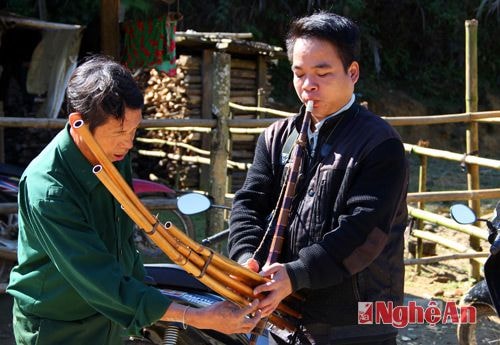 |
| The sound of the Hmong panpipe has long been featured in poetry. Therefore, young men from other ethnic groups are also very interested in learning about the panpipe. |
 |
| Wives who love their husbands always carry the panpipe with them as a reminder of a beautiful love past or present. |
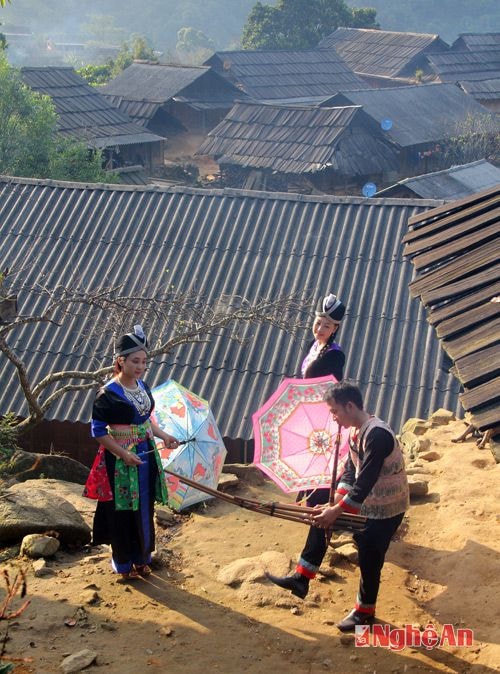 |
| The sound of the flute resonates, and many girls stand around excitedly. It is a familiar image next to the ancient sa mu roofs in Mong villages. |
Ho Phuong















